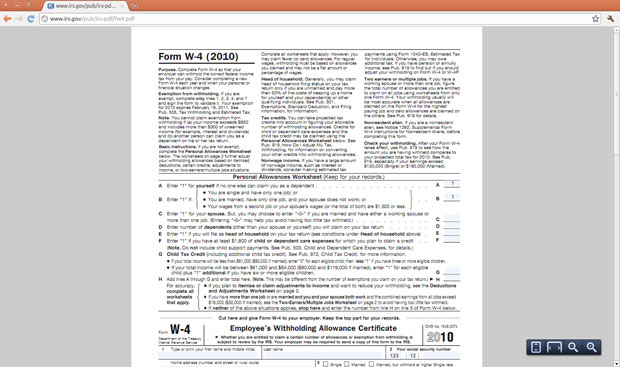Google makes Adobe invisible

Desktop administrators rejoice! In the very near future you may be able to stop deploying Adobe Reader to users with basic PDF needs, and quite possibly, Adobe Flash as well.
Stepping to fill the gap is Chrome's built-in PDF viewing feature, which is available presently in Chrome's developer and beta channels as well as the integrated Flash player which has been out for a number of months now.
I've been testing Chrome with various PDFs for the past week and if you don't need complex rich document interactions, you'll do fine with Google's alternative. Chrome's PDF implementation brings Chrome's standard speed and minimalism with it. The interface is snappy and only contains four buttons — all of which control the zoom.

Rendering a US Tax form in Chrome with basic rich document interaction. The four zoom buttons are in the lower right. (Screenshot by Chris Duckett/ZDNet Australia)
For users on OS X and Linux, I cannot see a compelling reason to use Chrome over the default PDF readers that come bundled with those operating systems. It's on par with Preview/Evince et al, but not better.
However, I can see this being a real boon for Windows desktops where it will provide an opportunity to remove one omnipresent application (Adobe Reader) one omnipresent plug-in (Adobe Flash) and one omnipresent annoyance (Adobe Updater). There is now the potential for basic and home users to fully use the internet and not have to install a single Adobe product and associated updates.
If you have a family member that freaks out and calls up "Next of Kin technical support" whenever an update dialog appears, then I would install Chrome for them and remove the Adobe Flash and Reader products.
Google has shown the path browser makers can take to make Adobe invisible on user desktops; how many others will follow the search giant's trailblazing?